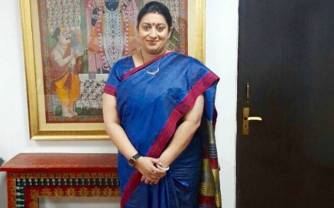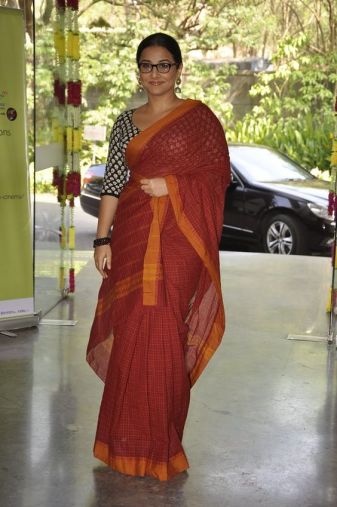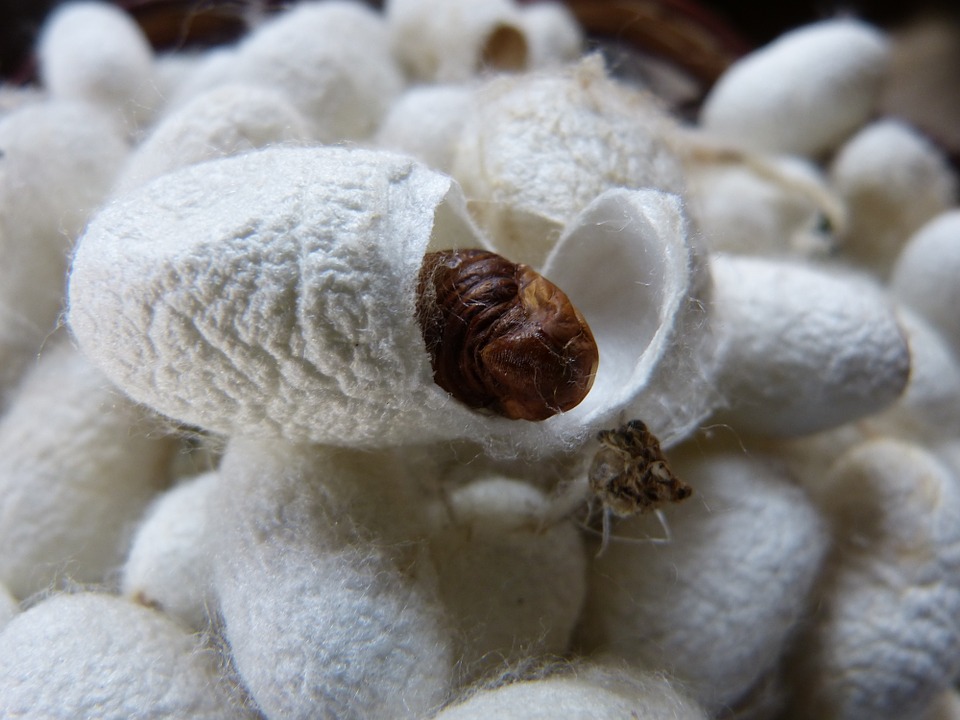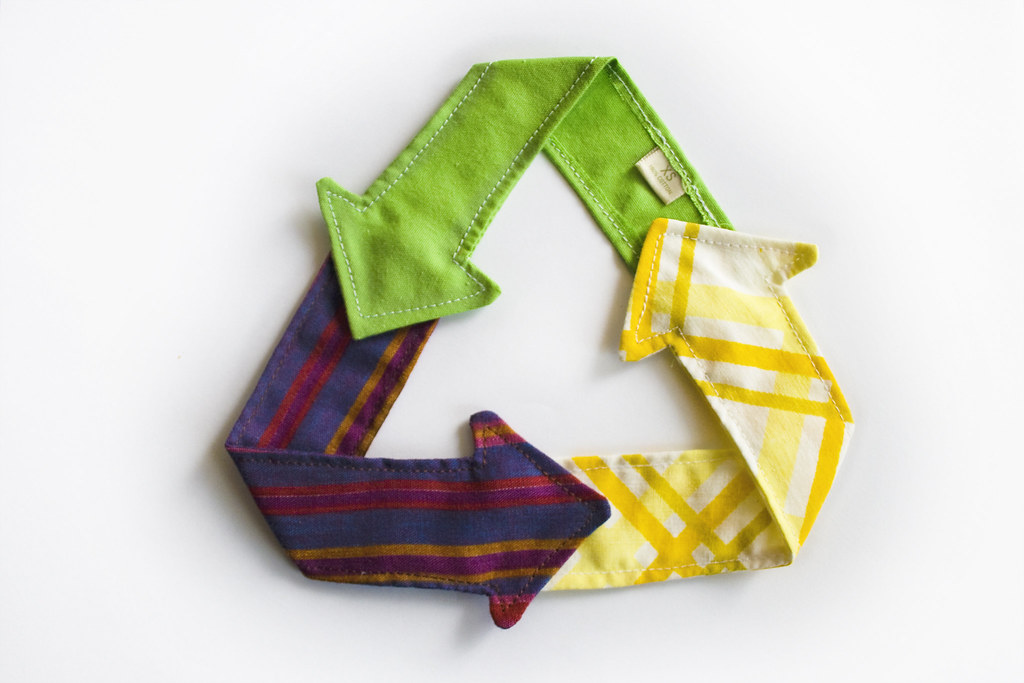On the 10th of May 2017, Adidas launched a new style in its Parley Series. Alright! So they released new shoes. What’s the big deal?
For those of you who don’t know, shoes in the Parley series are made from recycled and reclaimed ocean plastic. In June 2016 Adidas, who were highly concerned about the amount of plastic being dumped in oceans, collaborated with ‘Parley for the Oceans’ to design products from ocean plastic. This move has received major backing from many all over the world, especially environmentalists.
For those of you who do not understand the significance of this partnership, it is high time you started educating yourself about our planet. We have been using plastic extensively, so much so that its disposal has become a huge problem. For years we have been dumping them in the oceans which has led to the formation of a ‘trash island’ in the pacific. Called the Great pacific garbage patch or the pacific trash vortex, this culmination of plastic in the ocean is causing a lot of harm to aquatic life.
Today, there are multiple viral videos of eco-sailors trying to help marine life. Couple of videos include people trying to remove plastic stuck in a turtle’s nostrils and synthetic fishing net entangled in a tortoise’s neck. People have also found carcasses of sea birds and whales whose intestines were filled with plastic. If this isn’t troubling, then I don’t know what is. Wanting to lead a comfortable life is one thing but living an extravagant life at the cost of multiple lives, especially those of endangered species, is completely unacceptable.
As environmentally concerned people are looking for solutions to clean this mess, Adidas’ initiative seems to be huge step in the right direction.
Since its initiation, the company has been manufacturing shoes and apparels from the waste Parley reclaims. In 2016 alone Parley retrieved over 740 million tons of plastic waste from which Adidas has started manufacturing its products. They aim to convert this waste into one million shoes, which is equal to almost 11 million reclaimed plastic bottles.
Their strategy to eliminate ocean plastic pollution involves three steps – avoid, intercept and redesign. They have started gradually reducing the usage of plastic in all their practices. They collect marine debris and intercept as much plastic waste as possible even before they reach the ocean. Then Adidas and Parley together design high performance sports shoes from the recovered plastic waste.
In today’s world, where organizations are trying to associate themselves with sustainability, Adidas’ move will pay dividends in the coming years, not only to its business but also to the environment.

 made from completely natural products like flowers, vegetables and fruits. None of the ingredients are supposed to be synthesised in labs. The catch is, the raw materials can be subject to synthetic pesticides, fertilizers and other agricultural chemicals. But in reality, not all natural products comprise of completely natural ingredients. Since there is no regulation on the word ‘natural’, even products that contain just 1% of natural ingredients can be termed as natural. I sincerely advice you to check the ingredients before a purchase. As you can see, names can be deceiving.
made from completely natural products like flowers, vegetables and fruits. None of the ingredients are supposed to be synthesised in labs. The catch is, the raw materials can be subject to synthetic pesticides, fertilizers and other agricultural chemicals. But in reality, not all natural products comprise of completely natural ingredients. Since there is no regulation on the word ‘natural’, even products that contain just 1% of natural ingredients can be termed as natural. I sincerely advice you to check the ingredients before a purchase. As you can see, names can be deceiving..jpg) But time is an unpredictable friend. You never know what lies for you in the future. For the handloom weavers it wasn’t all cheer and merriment. The industrial revolution came around and people started inventing machines for various purposes.
But time is an unpredictable friend. You never know what lies for you in the future. For the handloom weavers it wasn’t all cheer and merriment. The industrial revolution came around and people started inventing machines for various purposes.

 e silk Ahimsa silk or peace silk. The process is very different from regular silk. In case of Ahimsa silk, either the pupae is allowed to hatch and the left over cocoon is used or the pupae is cut open, without hurting the larvae inside. This method also protects the
e silk Ahimsa silk or peace silk. The process is very different from regular silk. In case of Ahimsa silk, either the pupae is allowed to hatch and the left over cocoon is used or the pupae is cut open, without hurting the larvae inside. This method also protects the e event is to create awareness about the textile industry. Today, the textile industry is a major contributor to the rising environmental pollution, second only to the oil industry. Even with ongoing research for sustainable fuel alternatives, the textile industry already has viable options in the form of organic clothes. We as consumers need to embrace it and give up fast fashion.
e event is to create awareness about the textile industry. Today, the textile industry is a major contributor to the rising environmental pollution, second only to the oil industry. Even with ongoing research for sustainable fuel alternatives, the textile industry already has viable options in the form of organic clothes. We as consumers need to embrace it and give up fast fashion. he footprint and the negative impact humans have on the earth.
he footprint and the negative impact humans have on the earth.